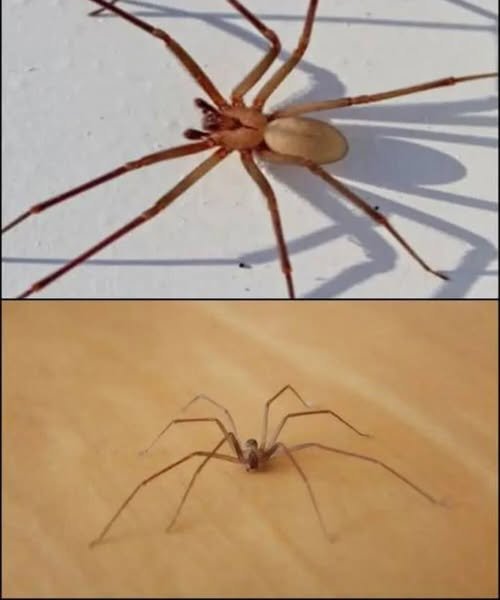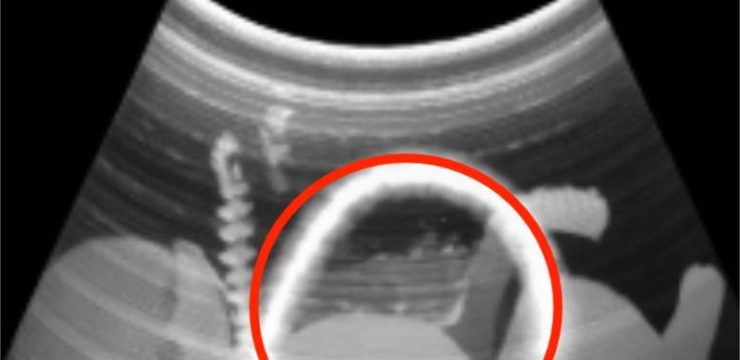It may not be aggressive, and you probably won’t even notice it most of the time, but don’t let its quiet nature fool you—the brown recluse spider is one of the most dangerous spiders in the United States. Known for being reclusive and rarely seen, this spider can cause serious damage to your skin with just one bite. Despite its discreet behavior, the effects of an encounter can be alarming.

So, what exactly is the brown recluse? Often called the “violin spider” or “fiddleback spider,” this small arachnid is named for the violin-shaped mark on its back. Its body ranges in size from about 8 millimeters to 1.5 centimeters—roughly the size of a dime. Its coloration is light to medium brown, with a soft, velvety texture that blends seamlessly with its environment. One of the most distinctive features of this spider is that it has only six eyes, arranged in pairs, compared to the usual eight eyes most spiders have.
Brown recluses are part of the Loxosceles genus, and their name reflects their behavior. They are solitary, shy creatures that avoid human contact whenever possible. During the day, they remain hidden. At night, they become more active, though they still prefer to stay out of sight. The spider is not naturally aggressive and doesn’t seek to bite. However, if it feels threatened—say, it’s trapped in clothing, bedding, or accidentally crushed—it will defend itself. That’s when the real danger begins.
A bite from a brown recluse can be deceptively mild at first. You might feel a small sting or even nothing at all. But the venom it injects is cytotoxic, which means it starts to destroy tissue at the cellular level. Within hours or days, the bite area can become swollen, red, and painful. In some cases, the skin around the bite may begin to break down, forming an open wound or ulcer that can take weeks or even months to heal. Other symptoms may include fever, chills, nausea, or fatigue. While most bites remain localized and eventually heal on their own, more severe cases can result in deeper tissue damage or infection. In very rare situations, the venom can cause systemic reactions, requiring hospitalization.
As for its habitat, the brown recluse spider is mostly found in the central and southern regions of the United States—particularly in states like Missouri, Kansas, Arkansas, Oklahoma, and Texas. It’s also occasionally spotted in parts of Mexico and Canada, although that’s far less common. The spider prefers dry, dark, and undisturbed areas. Outdoors, it hides beneath rocks, logs, woodpiles, or among fallen leaves. Indoors, you might find it in seldom-used spaces like attics, closets, basements, and garages. Cardboard boxes, piles of clothes, and behind furniture are all favorite hiding spots.
Because of its stealthy behavior, you might not even realize you’ve come into contact with a brown recluse until symptoms appear. If you think you’ve been bitten and notice the wound worsening instead of healing, it’s important to seek medical attention right away. A healthcare provider can properly evaluate the injury and, if necessary, treat it to prevent complications.
The good news? These spiders don’t go out of their way to harm people. They aren’t considered a widespread threat and usually only bite when provoked or surprised. That said, it’s wise to stay cautious, especially if you live in a region where brown recluses are common. Be careful when handling stored clothing, bedding, or boxes—shake items out before use. Wearing gloves while working in garages, sheds, or crawl spaces can also help reduce your risk of a surprise encounter.
Even though it prefers to remain hidden, the brown recluse spider deserves a bit of your attention—if only for your safety. While bites are rare and often not life-threatening, they’re certainly not something you want to experience firsthand. With a little awareness and some precaution, you can avoid crossing paths with this shy but potentially harmful arachnid.





